sp3 Hybridization
We might expect the number of bonds formed by an atom to be equal to the number of unpaired electrons in its valence shell. Below is the valence shell configuration for carbon.
There are two unpaired electrons, which would indicate carbon only forms 2 bonds as in CH2. We know that carbon will form 4 bonds. How can carbon form 4 bonds if it only has 2 unpaired electrons in its valence shell? In fact, CH2 is very reactive and cannot be isolated. If a 2s electron is promoted to an empty 2p orbital, then the four unpaired electrons are available to form four bonds.
The four orbitals become mixed, or hybridized to form bonds that are sp3 hybridized. An sp3 hybrid oribital has two lobes with one larger than the other and they both have different phases. The larger lobes are elongated and oriented to the four corners of a tetrahedron with bond angles of 109.5o.
In the figure below are the four sp3 orbitals. Only the larger lobes are shown.
All atoms in a molecule that have a tetrahedral electron pair geometry are sp3 hybridized. The carbon in methane is sp3 hybridized as well as the nitrogen in ammonia as shown in the figure below. Note, the lone pair of electrons on nitrogen reside in an sp3 hybridized orbital.
All four of the sp3 orbitals are identical in length, shape, and energy. Each sp3 orbital has 75% p character and 25% s character.
sp2 Hybridization
If an s orbital and two p orbitals are mixed, we have sp2 hybridization. The hybrid orbital has 33% s character and 67% p character. The boron atom in boron trifluoride, BF3, is sp2 hybridized. The valence shell electron configuration for boron is shown below.
Boron only has one unpaired electron in a p orbital. If an electron is promoted from the 2s orbital to a 2p orbital, there are three unpaired electrons. This will allow boron to form three bonds with sp2 hybrid orbitals.
In BF3, the electron pair geometry of boron is trigonal planar. Boron is sp2 hybridized. A 2p unhybridized orbital from fluorine overlaps with an sp2 hybridized orbital of boron. An atom or atoms in a molecule with an electron pair geometry of trigonal planar are sp2 hybridized.
NO2– has a trigonal planar electron pair geometry and the nitrogen is sp2 hybridized. Multiple bonds can also be sp2 hybridized. For example, in CH2O, there is a carbon-oxygen double bond. The electron pair geometry is trigonal planar.
A double bond has one sigma bond and one pi (π) bond. A π bond is formed by side to side overlap of 2 p orbitals. It is weaker than a sigma bond, because the overlap is not as strong as end-to-end overlap of p orbitals.
A π bond is weaker than a sigma bond. Generally, in chemical reactions, a π bond will break first since it takes less energy to break than it does to break a sigma bond.
sp Hybridization
Beryllium has no unpaired electrons in its ground state electron configuration.
If an electron is promoted from a 2s orbital to a 2p orbital there will be two unpaired electrons and two bonds can be formed.
An s and one p orbital have been mixed, and the result is an sp hybrid orbital. The remaining two p oribitals are empty. The number of hybridized orbitals is equal the number of orbitals that are mixed to form a hybrid orbital. In this case two sp hybrid orbitals are formed. Any atom in a molecule that has a linear geometry is sp hybridized. For example, BeCl2 forms two bonds due to the overlap of an sp hybridized orbital on Be and a 3p unhybridized orbital of Cl.
The geometry about the Be is linear as predicted by VSEPR. The two empty p orbitals remain unhybridized. These unhybridized orbitals may be used in a multiple bond. They are useful in describing triple bonds. An sp hybrid oribital has 50% s character and 50% p character.
The hybridization of carbon in HCN is sp. The molecule is linear and there is a triple bond. A triple bond is made up of one sigma bond and two pi bonds.
Hybridization and d Orbitals
A 3s electron can be promoted to a 3d orbital which gives rise to a set of five sp3d hybrid orbitals. This is typical for Group 5A elements. One example is phosphorous. Below is the valence shell orbital box diagram of phosphorous.
If one electron from the 3s orbital is promoted to a 3d orbital, there are five sp3d hybrid orbitals.
This corresponds to a trigonal bipyramidal electron pair geometry. An example is PCl5. The overlap is between the sp3d hybrid orbitals of phosphorous and a 3p orbital of chlorine.
Finally, for an octahedral electron pair geometry, sp3d2 hybrid orbitals are formed. This mainly occurs for Group 6A elements below the second period. One example is sulfur. The valence orbital diagram for sulfur is shown below.
If an electron is promoted from a 3s orbital and one from a 3p orbital, there are 6 hybrid orbitals, sp3d2.
The hybridization model works well for atoms that have an octet of electrons, but not as well for those with more than an octet of electrons. These more advanced models are taught in a higher level course, and are above the level of general chemistry.
In order to determine the hybridization of an atom, first draw the Lewis structure. Then use VSEPR to determine the electron pair geometry. You can then assign sp, sp2, or sp3 hybridization.
Worksheet: Valence Bond Theory and Hybridization
Exercises
Exercise 1. Which is a stronger bond, a σ or π bond?
Check Answer/Solution to Exercise 1
Exercise 2. What hybridization is expected for the underlined atoms in the following?
b) CH3SH
c) H2C=O
d) BF3
e) HCP
Check Answer/Solution to Exercise 2
Exercise 3. What is the hybridization of Br in BrO2–?
Check Answer/Solution to Exercise 3
Exercise 4. What is the hybridization of both N atoms in H2N2?
Check Answer/Solution to Exercise 4
Exercise 5. Describe the overlap of orbitals for H3C-CN as well as the hybridization of the two carbon atoms.
Check Answer/Solution to Exercise 5
Exercise 6. Describe the overlap of orbitals in HCCCl. Use hybridization schemes.
Check Answer/Solution to Exercise 6
Exercise 7. The following shows how the atoms are connected in the amino acid leucine.
Draw a Lewis structure and then determine the hybridization of all non-terminal atoms.
Check Answer/Solution to Exercise 7
Back to Bonding Models for Covalent Compounds
Back to General Chemistry 1 Study Guides
Back to Home Page



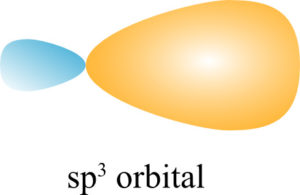
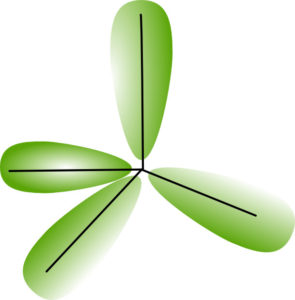
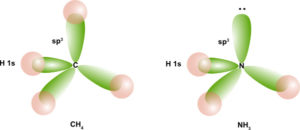


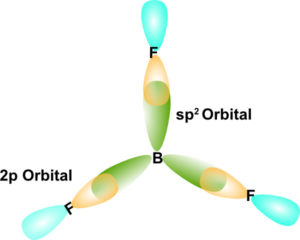
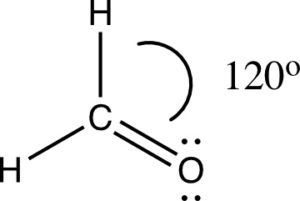
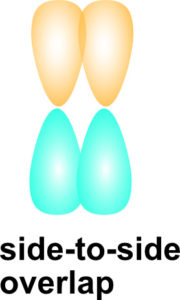
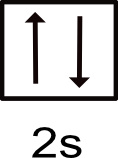

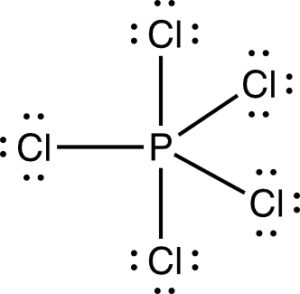
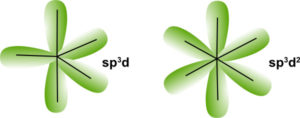
thank you great explanation
I am glad it helped!!